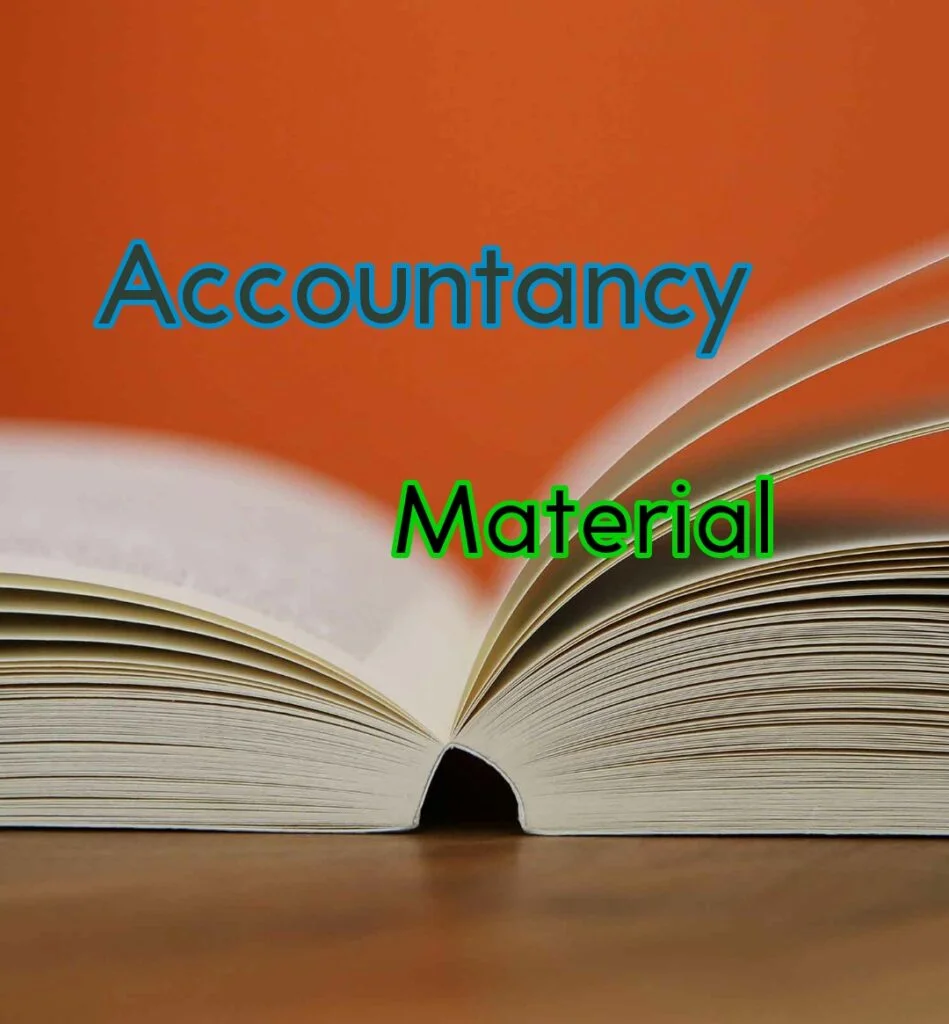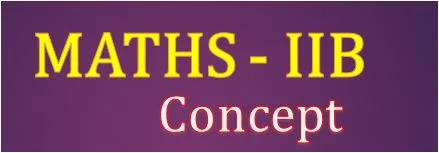Inter Second Year Accountancy | Concept
Inter Second Year Accountancy | Concept Inter Second Year Accountancy | Concept: This note is designed by the ‘Basics in Maths’ team. These notes to do help the TS intermediate second-year Accountancy students. These notes cover all the topics covered in the TS I.P.E second-year Accountancy syllabus and concept to help you solve all the […]



